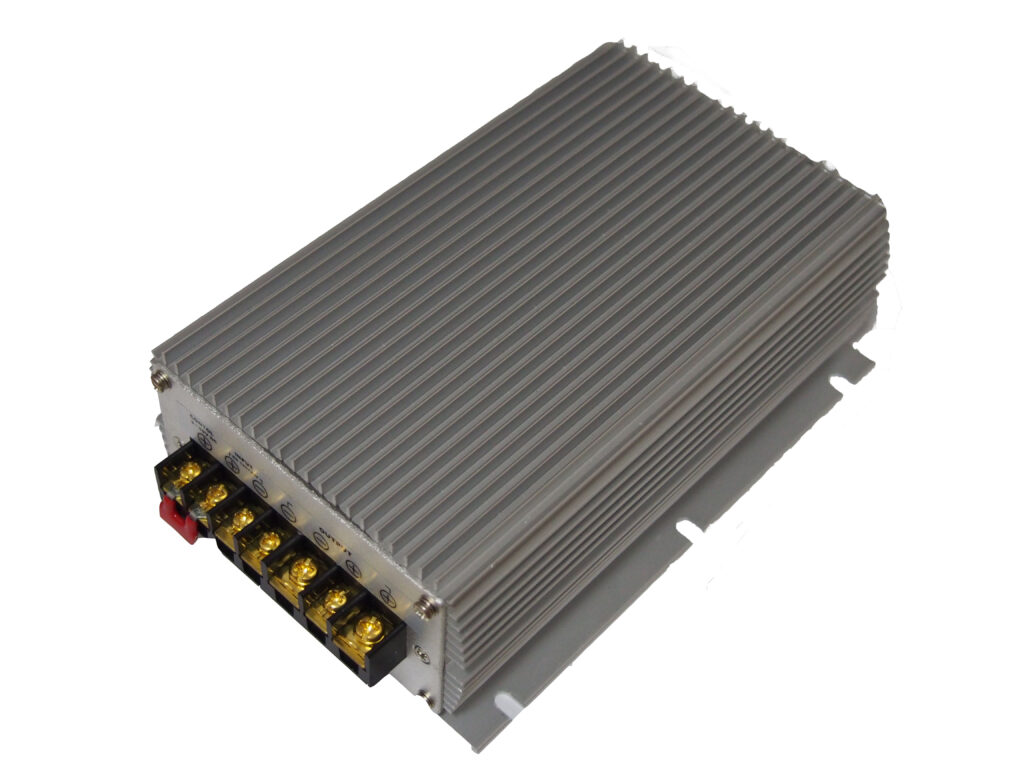First of all, we need to understand the requirements and specifications for the DC-DC converter we want to design. Our objective is to develop a DC-DC converter that can convert a 12V input to a 48V output with a power rating of 2000 watts.

To achieve this, we need to carefully select the components that will make up our converter circuit. Starting with the power switch, we will choose a MOSFET that can handle high power, high voltage, and high frequency. A high-quality MOSFET such as the Infineon IPP60R180P7 would be a suitable choice for this application.
Next, we need to select the inductor for our converter. We will choose an inductor with a high saturation current and low resistance to ensure efficient power transfer. A suitable choice for this application would be a TDK VLF3010AT-4R7M1R0 inductor.
To smooth out the output voltage, we will add a capacitor to our circuit. A high voltage and high-frequency capacitor such as the Panasonic EEU-FC1J121 would be a good choice for this application.
To ensure the stability of our DC-DC converter, we will use a feedback control circuit. This circuit will use a voltage divider to sense the output voltage and adjust the duty cycle of the MOSFET to regulate the output voltage. A TL431 precision shunt regulator would be a good choice for this application.
Finally, we need to select a suitable PCB layout and enclosure for our DC-DC converter. We will use a four-layer PCB design to ensure good signal integrity and minimize EMI. For the enclosure, we will choose a high-quality aluminum case to ensure good thermal management.
Once we have selected all the components, we will proceed with the prototyping and testing phase. We will use simulation software such as LTSpice to simulate the performance of our DC-DC converter and verify that it meets our design specifications. Once we are satisfied with the simulation results, we will proceed with the physical prototyping and testing phase to verify the performance of our DC-DC converter in real-world conditions.
In summary, building a 2000W DC-DC converter is a complex process that involves careful selection of components, prototyping, and testing. With careful planning and attention to detail, we can develop a high-quality DC-DC converter that meets our design specifications and performs reliably in real-world applications.
—– William Liang
Leave a Reply